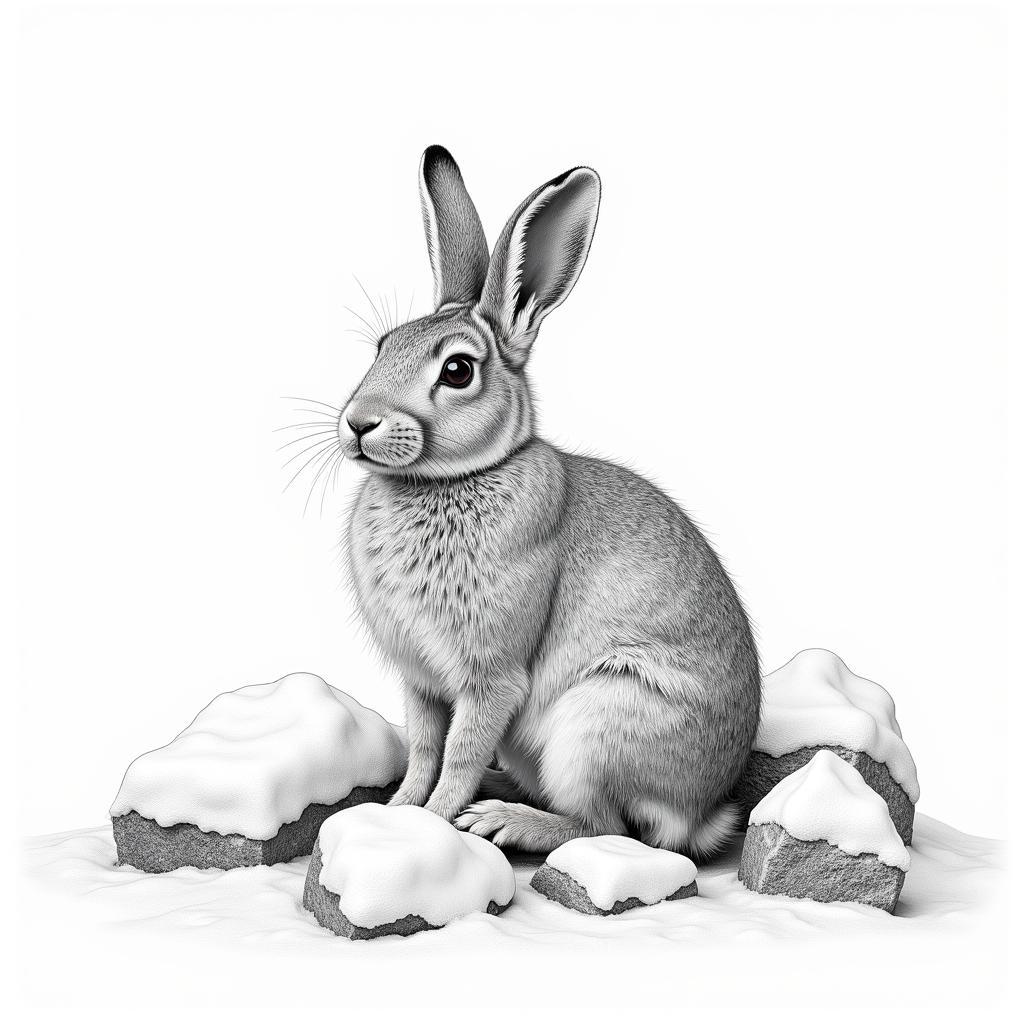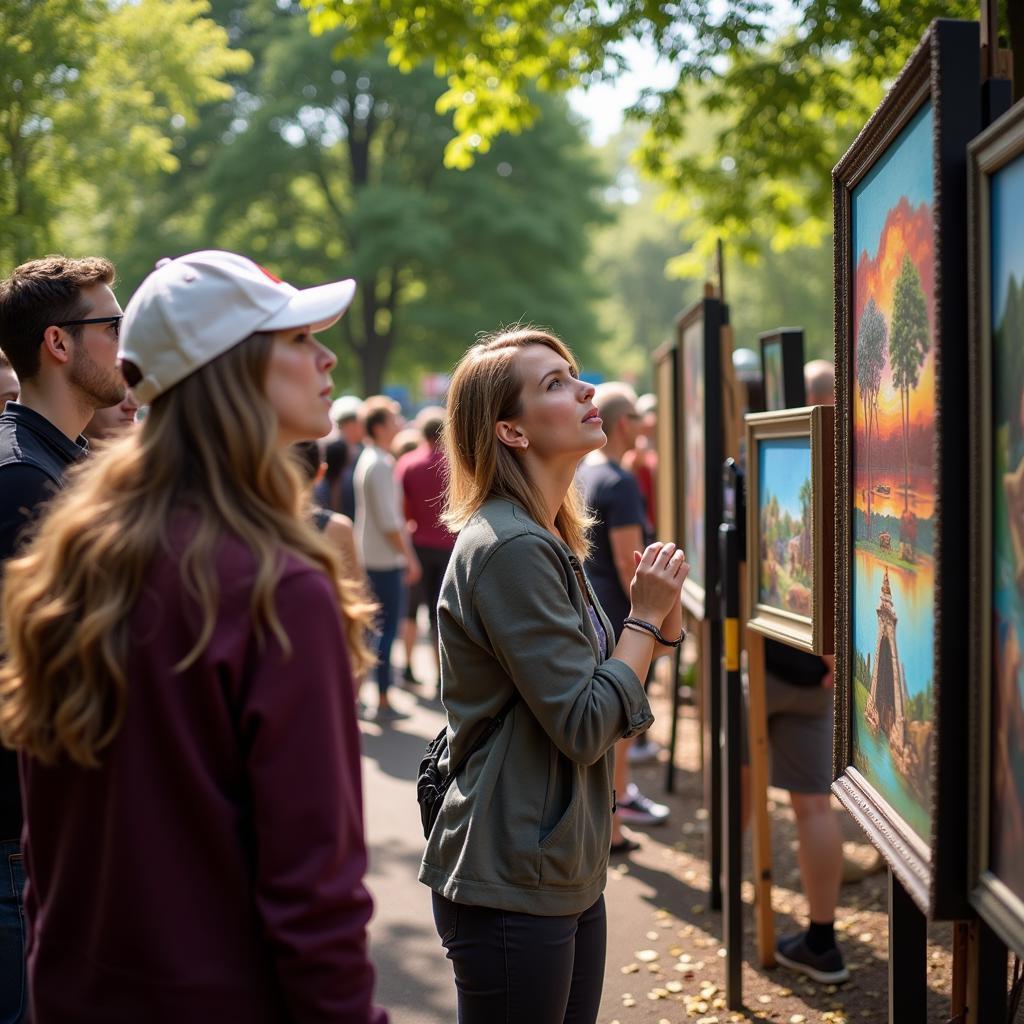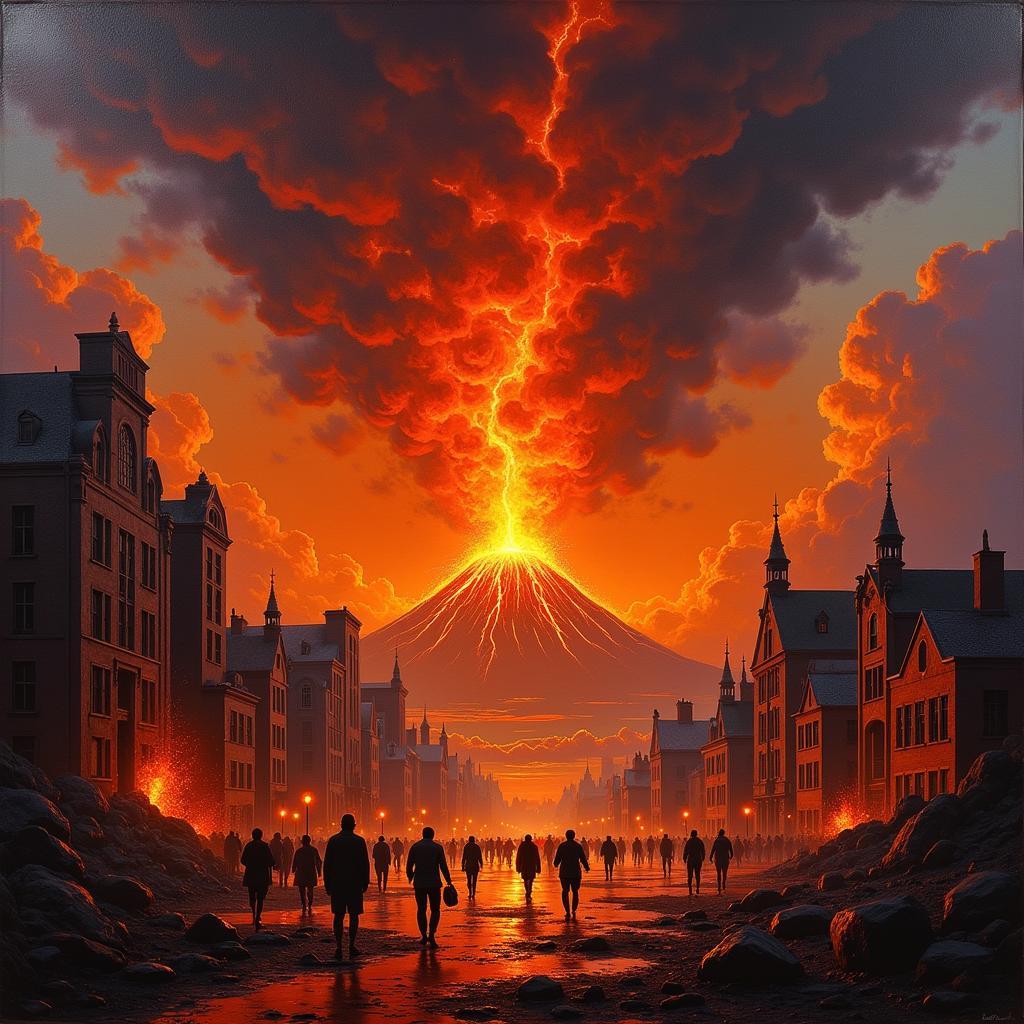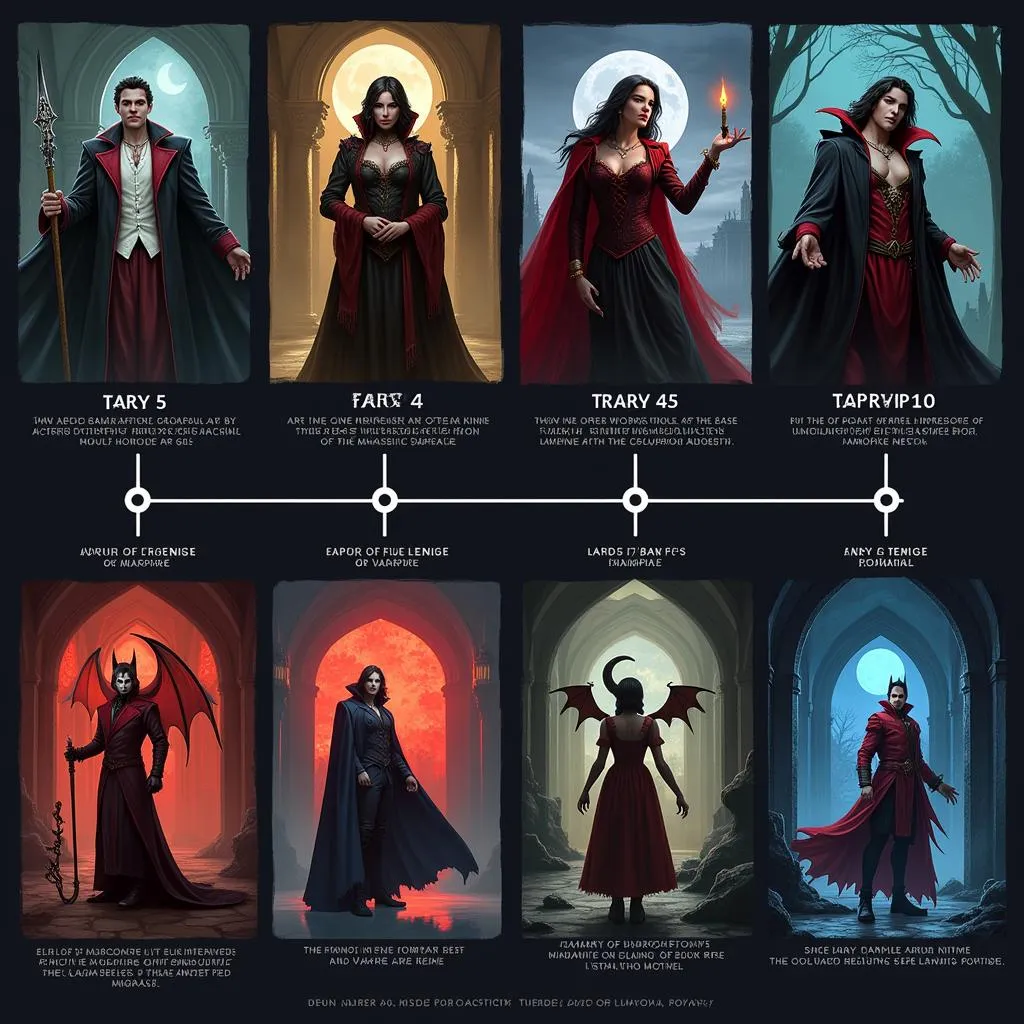Global Contemporary Art: Unveiling the Cutting Edge of Creativity
The art world is constantly evolving, pushing boundaries and challenging traditional notions of aesthetics. At the forefront of this dynamic landscape lies Global Contemporary Art, a vibrant movement that encapsulates the diverse voices, perspectives, and experiences of artists from around the world. This article delves into the fascinating realm of global contemporary art, exploring its key characteristics, influential trends, and the impact it has on the artistic landscape.
What is Global Contemporary Art?
Global contemporary art refers to art created in the present day, reflecting the complexities and nuances of our interconnected world. It encompasses a wide range of artistic disciplines, including painting, sculpture, installation, performance art, digital media, and more. What sets it apart is its commitment to breaking down geographical barriers, embracing cultural diversity, and engaging with contemporary issues that resonate with global audiences.
Defining Features of Global Contemporary Art
- Multiculturalism and Intercultural Dialogue: Global contemporary art celebrates cultural diversity and encourages dialogue between different artistic traditions. It often draws inspiration from local cultures and indigenous art forms, incorporating them into contemporary expressions.
- Social and Political Commentary: Many contemporary artists use their work to address pressing social and political issues, such as inequality, climate change, and human rights. They challenge societal norms, provoke discussions, and raise awareness about critical concerns.
- Technological Innovation: Technological advancements have had a profound impact on contemporary art, influencing the ways artists create and present their work. Digital media, virtual reality, and artificial intelligence are being explored as new tools for artistic expression.
- Experimentation and Innovation: Global contemporary art thrives on experimentation and pushes the boundaries of artistic expression. Artists are constantly experimenting with new materials, techniques, and concepts, challenging traditional notions of art and beauty.
- Transnationalism and Globalization: The interconnectedness of the world has led to a surge in transnational artistic collaborations and exchanges. Artists from different parts of the world work together, blurring geographical borders and creating art that reflects the complexities of our globalized world.
Key Trends Shaping Global Contemporary Art
1. The Rise of Inclusive Art: Contemporary art is embracing inclusivity and diversity, giving voice to marginalized communities and fostering a more equitable artistic landscape. This trend reflects a growing awareness of the importance of representation and the need to challenge systemic inequalities.
2. Environmental Consciousness: As the world grapples with the climate crisis, contemporary artists are increasingly incorporating environmental themes into their work. They raise awareness about environmental degradation, advocate for sustainable practices, and explore the relationship between art and nature.
3. Digital and Interactive Art: Digital art, interactive installations, and virtual reality experiences are becoming increasingly prominent in the contemporary art scene. Artists are utilizing technology to create immersive and engaging experiences, blurring the lines between art and reality.
4. Performance and Participatory Art: Performance art and participatory art forms, which involve the audience directly, are gaining traction. These forms of art challenge traditional notions of the art object and invite viewers to become active participants in the creative process.
The Impact of Global Contemporary Art
Global contemporary art is having a profound impact on the artistic landscape, influencing museums, galleries, and art institutions worldwide. It is fostering cross-cultural understanding, challenging established norms, and inspiring new generations of artists.
Here’s what some experts in the field have to say:
“Global contemporary art is a vital force in shaping the future of art. It reflects the complexities of our interconnected world and encourages dialogue across cultures,” – Dr. Maria Ramirez, Art Historian and Curator.
“Contemporary art is a powerful tool for social change. Artists are using their work to raise awareness about important issues and inspire action,” – Professor David Lee, Art Critic and Professor of Art.
Frequently Asked Questions (FAQ)
Q: How can I get involved in global contemporary art?
A: There are many ways to engage with global contemporary art. Visit museums and galleries, attend art fairs and exhibitions, follow artists online, and support independent art organizations.
Q: What are some important global contemporary art museums and institutions?
A: Some notable institutions include:
- Tate Modern, London
- Museum of Modern Art (MoMA), New York
- Centre Pompidou, Paris
- Museo Nacional Centro de Arte Reina Sofía, Madrid
- Shanghai Museum of Contemporary Art, China
Q: What are some of the challenges facing global contemporary art?
A: Challenges include:
- Accessibility and affordability of art experiences
- Preservation of cultural heritage
- Balancing artistic freedom with social responsibility
Q: How can I learn more about global contemporary art?
A: Explore online resources, read art publications, attend workshops and lectures, and connect with artists and art enthusiasts.
Global contemporary art is a dynamic and ever-evolving movement that is shaping the artistic landscape. By embracing diversity, innovation, and social engagement, it provides a platform for artists from all corners of the world to share their unique perspectives and engage with the complexities of our interconnected world.




